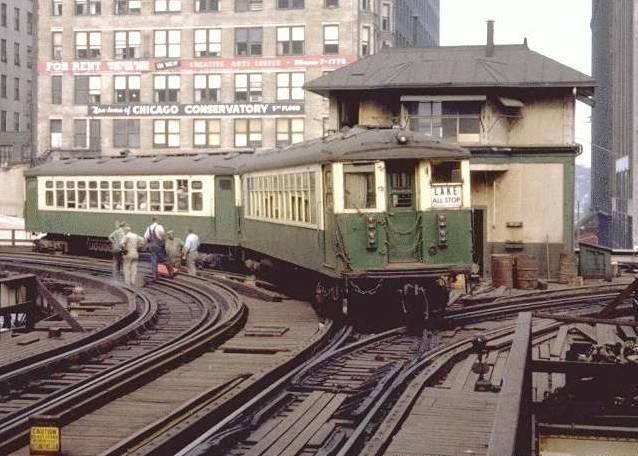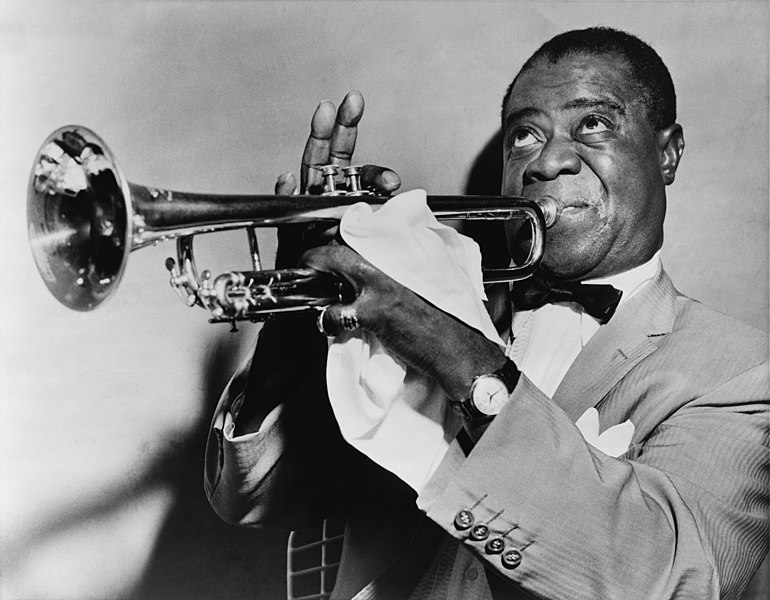Let’s first describe the word “Gang”. It comes from “gonge,” a term originally meaning a journey, but later referring to a “gonge” of sailors in the fifteenth century. The “Father of Gang Research,” Frederic Thrasher gave the word its industrial-era meaning in the 1920s and made “gang” into a term which meant kids of the street. But the US gangs had other predecessors than unsupervised street urchins.There are four kinds of “gangs” which were predecessors of the gangs of today.
1. Secret Societies;
2. Gangs of Outlaws in the Wild West;
3.Racist gangs like the Klu Klux Klan; and

"Draft" rioters lynch a Negro in 1863. New York Public Library Picture Collections
4. “Voting Gangs” tied mainly to the Democratic Party in large cities.

Voting Gangs in New York City New York Public Library Picture Collections
Number three and four characterize New York and Chicago.
The final predecossor of gangs were what Eric Monkkonen calls “voting gangs” in New York City and most of the east. This was an Irish invention, using the pub culture of males to help the Irish become politically dominant. Gangs of roughs, were encouraged, organized, paid by politicians to “help” in elections. Opponents were beaten up, voters intimidated, and voting booths destroyed (see left) and votes stolen.
It was these mainly Irish“ gangs” which were the core of the draft riots of 1863. Chicago’s Democratic Party formed “Social Athletic Clubs” modelled after New York’s Tammany Hall thugs. In Chicago, the Democratic Party borrowed the New York “Voting Gangs” custom and took them to new heights, or lows. “Social Athletic Clubs” were groups of young men, oftened organized in sports and sometimes had clubhouses. Politicians used the SACs as they had in New York, to make sure the favored candidate won.
In the 20’s, New York and Chicago were the major capitalist urban hubs of American society and organized crime. Both were cities of stark contrasts between extreme wealth and abject poverty. For many in the early 1920’s business was booming, and Al Capone and other famous gangsters and bootleggers ran their respective cities like puppet masters.

Well Dressed: Al Capone Laughing
Capone was the poster-boy of the media and he loved the attention. He was born in New York and moved to Chicago in 1920 to join Johnny Torrio’s gang. In 1925, he took over when Torrio retired after an assassination attempt. The St. Valentine’s Day Massacre on February 14, 1929, might be regarded as the culminating violence of the Chicago gang era, as seven members or associates of the “Bugs” Moran mob were machine-gunned against a garage wall by rivals posing as police. The massacre was generally ascribed to the Capone mob, although Al himself was in Florida. was the true rags to riches story that has been the plotline in one too many gangster movies throughout the years. In his time, however, Capone’s fame was still a novelty. The Bureau’s investigation of Al Capone arose from his reluctance to appear before a federal grand jury on March 12, 1929 in response to a subpoena. On March 11, his lawyers formally filed for postponement of his appearance, submitting a physician’s affidavit dated March 5, which attested that Capone had been suffering from bronchial pneumonia in Miami, had been confined to bed from January 13 to February 23, and that it would be dangerous to Capone’s health to travel to Chicago. His appearance date before the grand jury was re-set for March 20.
On October 18, 1931, Capone was convicted after trial and on November 24, was sentenced to eleven years in federal prison, fined $50,000 and charged $7,692 for court costs, in addition to $215,000 plusinterest due on back taxes. The six-month contempt of court sentence was to be served concurrently.

Al Capone's criminal record and fingerprint card
























 Louis Armstrong known throughout the Harlem Renaissance.
Louis Armstrong known throughout the Harlem Renaissance.


